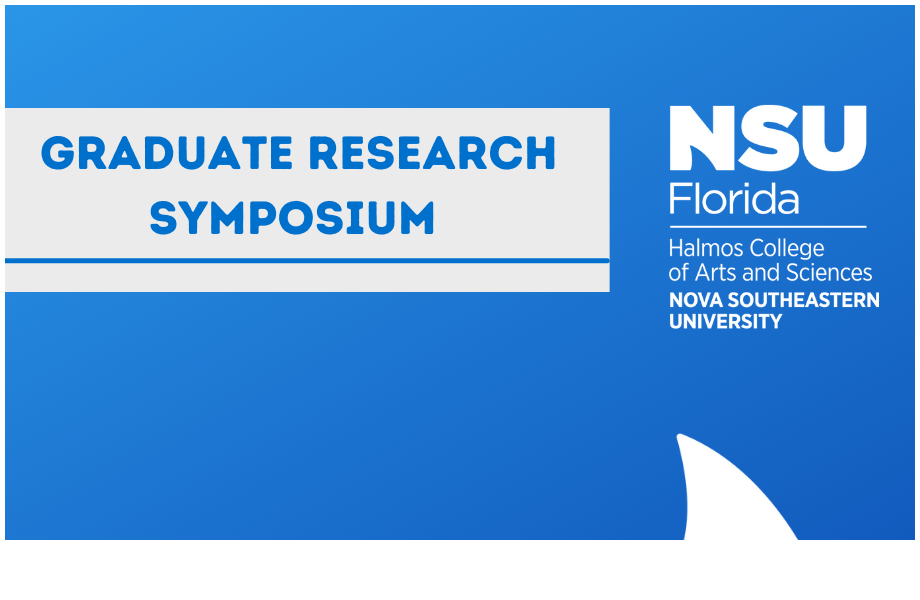Title
Microbiome Diversity of Coastal Floodwater in Southeastern Florida
Location
Guy Harvey Oceanographic Center Facility
Start
1-31-2018 2:00 PM
End
1-31-2018 2:15 PM
Type of Presentation
Oral Presentation
Abstract
Microbial communities (also known as “microbiomes”) can reveal valuable and specific information about the different environments where they thrive. Different water bodies, in particular, can contain many different microbiomes. For this study, surface waters were sampled over the past three years at 22 different locations near Biscayne Bay and surrounding waterways in Miami, directly after and during the flooding events that occur every September/October right after the fall equinox. These flooding events are termed ‘King Tides’ and were sampled at these sites because the new pumping systems distributed the floodwaters back into the ocean from the streets. Thus this water was only being filtered through a system back into the bay and not chemically treated, raising questions about the contaminants present and the levels at which they thrive there. My study is aimed to comprehensively characterize the microbiomes of these water samples with bacterial 16S RNA-based amplicon libraries, in order to better understand the microbial ecology and potential contaminants running off into Biscayne Bay. The analysis of these datasets will include rigorous and current statistical methods such as alpha and beta diversity and will potentially distinguish separate microbiomes for the samples collected. To date, I have sequenced n=96 samples on the Illumina Miseq platform which resulted in 7,853,774 reads. I have begun characterizing the most prevalent microbial taxa at each location : this includes comparing diversity at different locations to each other to test whether the pumps are causing these areas to harbor more harmful microbes.
Microbiome Diversity of Coastal Floodwater in Southeastern Florida
Guy Harvey Oceanographic Center Facility
Microbial communities (also known as “microbiomes”) can reveal valuable and specific information about the different environments where they thrive. Different water bodies, in particular, can contain many different microbiomes. For this study, surface waters were sampled over the past three years at 22 different locations near Biscayne Bay and surrounding waterways in Miami, directly after and during the flooding events that occur every September/October right after the fall equinox. These flooding events are termed ‘King Tides’ and were sampled at these sites because the new pumping systems distributed the floodwaters back into the ocean from the streets. Thus this water was only being filtered through a system back into the bay and not chemically treated, raising questions about the contaminants present and the levels at which they thrive there. My study is aimed to comprehensively characterize the microbiomes of these water samples with bacterial 16S RNA-based amplicon libraries, in order to better understand the microbial ecology and potential contaminants running off into Biscayne Bay. The analysis of these datasets will include rigorous and current statistical methods such as alpha and beta diversity and will potentially distinguish separate microbiomes for the samples collected. To date, I have sequenced n=96 samples on the Illumina Miseq platform which resulted in 7,853,774 reads. I have begun characterizing the most prevalent microbial taxa at each location : this includes comparing diversity at different locations to each other to test whether the pumps are causing these areas to harbor more harmful microbes.


